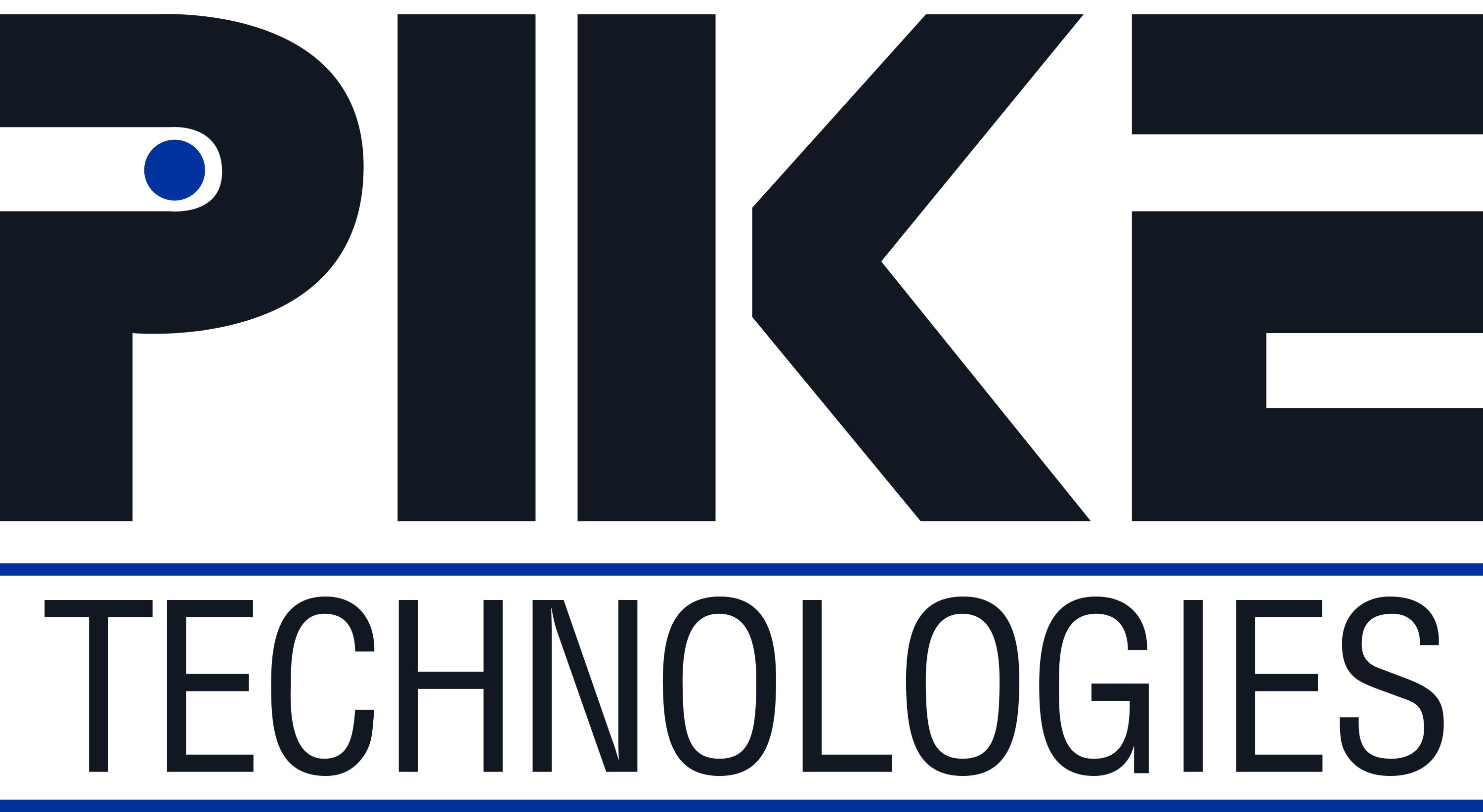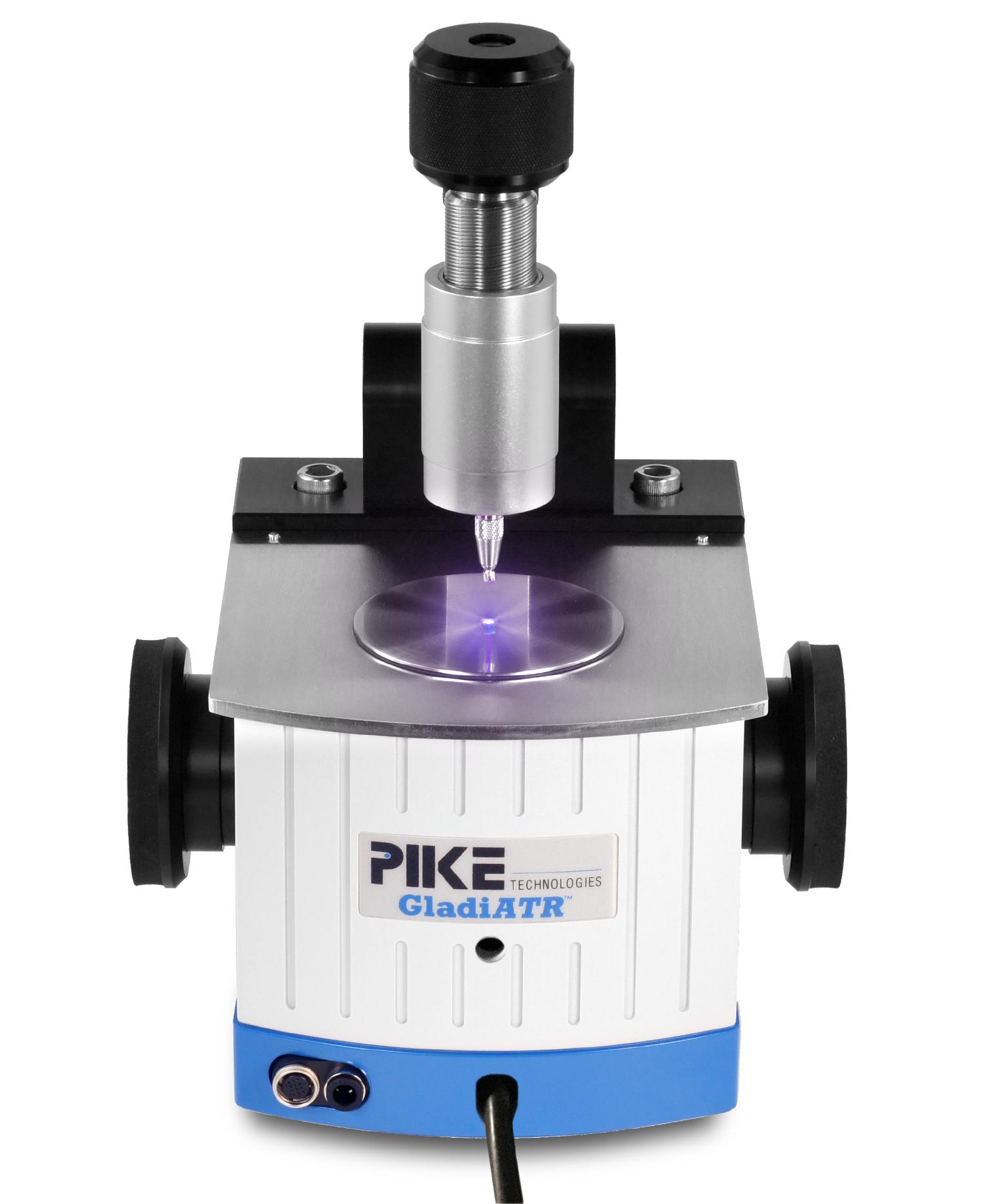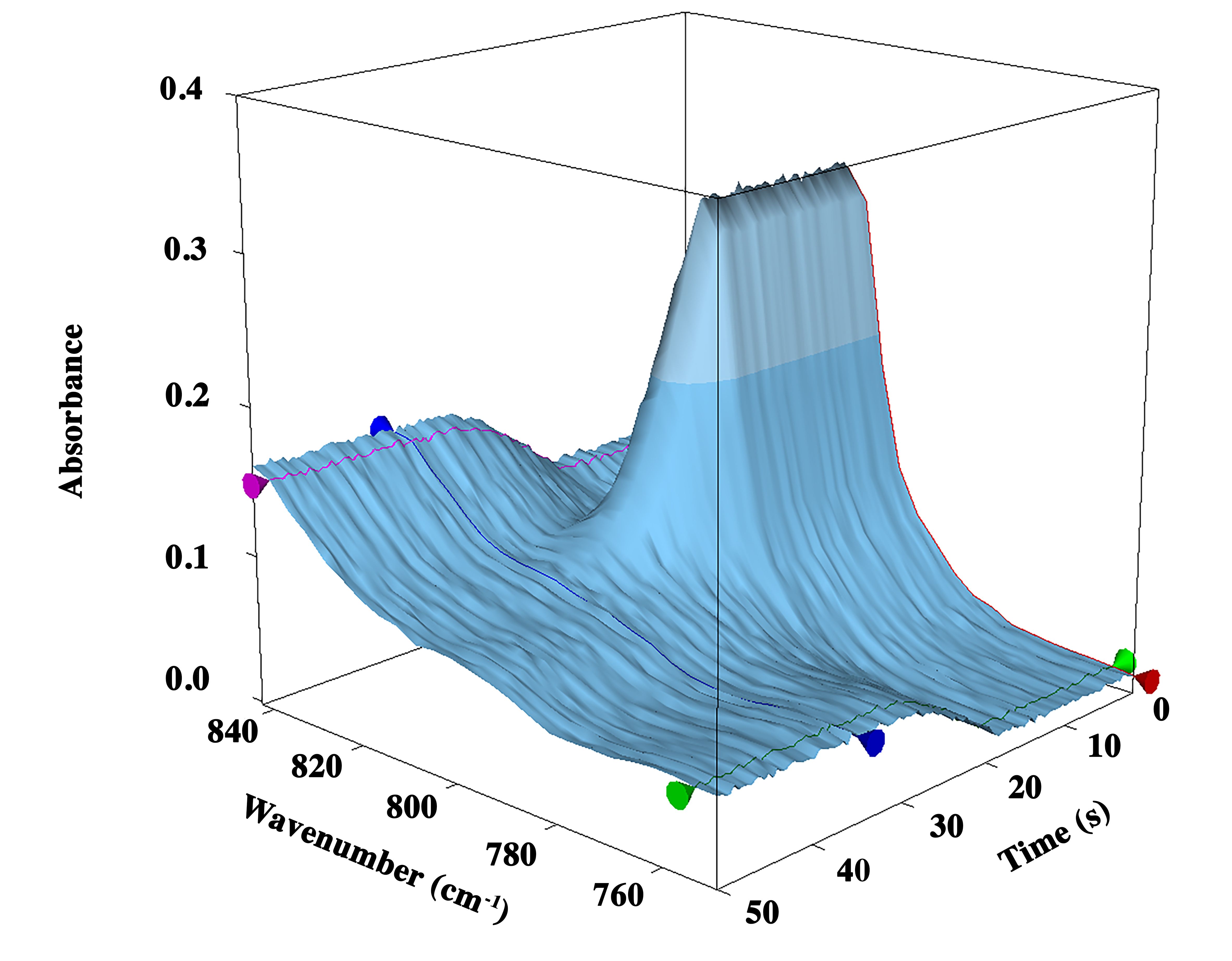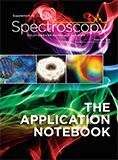Tracking Photocuring via ATR-FT-IR with Illumination through the ATR Element
The utility of the GladiATR diamond ATR, modified with an internal liquid light guide to illuminate the sample from underneath the ATR element, was explored to analyze the photo-polymerization of carbitol acrylate at 405 nm using 1 wt% TPO.

Photocuring, or the solidification of a liquid mixture (for example, resin) upon exposure to light, is a widely adopted method for dental coatings and sealants, medical adhesives, photoresists, and 3D printing. The ability to track this process in realtime enables resin optimization tailored for a particular application. Attenuated total reflectance-Fourier-transform infrared spectroscopy (ATR-FT-IR) is a facile way to monitor the solidification process through changes in chemical functionality and determine reaction kinetics and efficiency at the ATR crystal interface.
Conventional photochemical ATR setups irradiate samples from top-down while IR measurements presented are being taken from the bottom-up. This disparity results in a difference in light intensity throughout the depth of the sample due to absorption and sample thickness nonuniformity; limits the accuracy of analysis; and mitigates characterization of opaque resins. In this application, we overcome these challenges by illumination from beneath the sample through a diamond ATR prism, aligning the absorption cross section of the sample with the evanescent wave of the IR beam for characterization.
Experimental Conditions
PIKE Technologies’ GladiATR diamond ATR (Figure 1) was modified to incorporate a liquid light guide and enable illumination from beneath the diamond. The use of a liquid light guide imparts modularity, as numerous light sources with variable wavelengths and intensities can be directly coupled for photocuring purposes.
Figure 1: GladiATR ATR with internal UV-visible light guide for through-diamond illumination.

To demonstrate the capabilities of the light-guide coupled GladiATR, photopolymerization of an acrylate-based resin using violet light (λmax = 405 nm) was performed. The resin comprised carbitol acrylate and diphenyl(2,4,6-trimethylbenzoyl)phosphine oxide (TPO, 1 wt%). Approximately 20 μL of resin were placed on the ATR crystal and real-time tracking was initiated. After 19 s, the sample was irradiated with 405 nm light at an intensity of 36 mW/cm2. The FT-IR instrument scan rate was 80 kHz while using an MCT detector, and 4 scans were co-added.
Results
The polymerization was monitored by observing the disappearance of the C=C-H wag band at 810 cm-1 (Figure 2). Within 20 s of irradiation, the conversion was approximately 98%. A clear initiation was observed at time of irradiation, indicating no lag time between the light and measurement.
Figure 2: Acrylate photopolymerization using 405 nm light. Waterfall plot showing the band change over time. Irradiation began at 19 s.

Conclusion
Monitoring UV curing via ATR-FT-IR by illuminating the sample from underneath offers a quantifiable sampling method to determine reaction kinetics. The modular capabilities of the ATR accessory allow for curing using any UV-visible wavelength.
PIKE Technologies, Inc.
6125 Cottonwood Drive, Madison, WI 53719
tel. (608) 274-2721, fax (608) 274-0103
Website: www.piketech.com

Newsletter
Get essential updates on the latest spectroscopy technologies, regulatory standards, and best practices—subscribe today to Spectroscopy.
New Raman Probe Shows Promise for Real-Time Soft Tissue Sarcoma Detection During Surgery
July 30th 2025Researchers from Université de Montréal have demonstrated that a new handheld Raman spectroscopy device, the UltraProbe, can accurately and rapidly detect retroperitoneal soft tissue sarcomas during surgery, offering real-time tissue analysis that could improve surgical outcomes.
Best of the Week: The Emerging Leader in Molecular Spectroscopy, Big Pharma’s Manufacturing Shift
July 25th 2025Top articles published this week include a feature article about big pharma’s investments in U.S.-based manufacturing, an article about the 2025 Emerging Leader in Molecular Spectroscopy Lingyan Shi, and some news items detailing the winners of the Coblentz Society’s student awards.